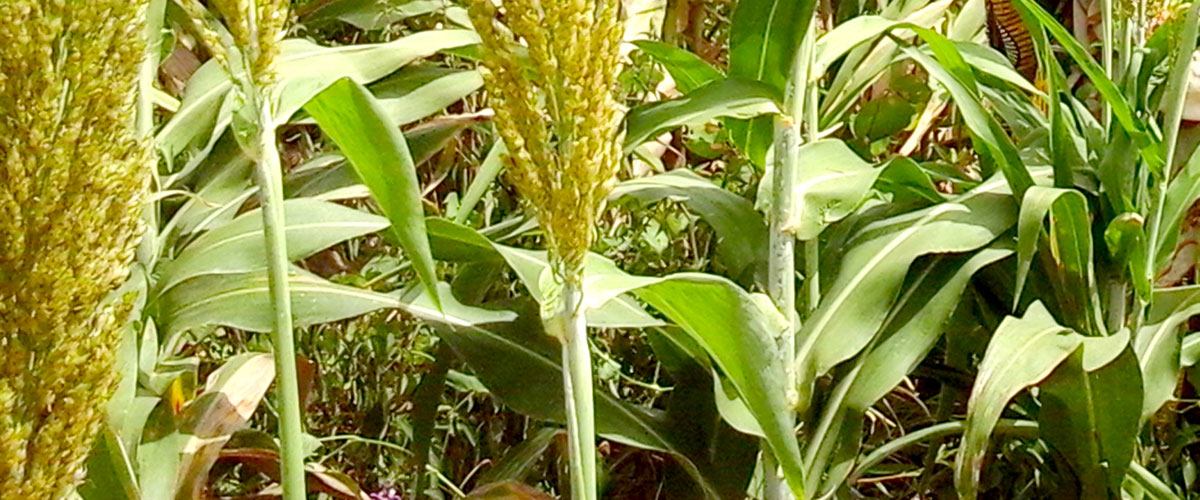
Strengthen FRNs to Improve Climate Change Resilience
Lead Organization:
Association for the Development of Production and Training Activities (ADAF/Gallè)
Partner Organizations:
Diobass in the commune of Toéghin (Kourwéogo Province) and MARP Network in the communes of Gourcy and Bassi (Zondoma Province), the Institute of Environment and Agricultural Research (INERA), farmers in Mali and Association of Professional Farmers’ Organizations (AOPP), and the Institute of Rural Economy (IER)
Community of Practice:
Countries:
Burkina Faso and Mali
Duration:
8/2022—8/2025
Overview:
Burkina Faso and Mali have fragile ecosystems caused by climate change’s adverse effects and the overexploitation of natural resources. Rapid population growth and urbanization, together with extensive agricultural and livestock practices, are contributors.
The partners’ joint effort saw about 30 relevant innovations develop and prove effective in various fields. These deserve to be improved at the farm level. Most are little known or valued because there’s a lack of space for exchange to enrich, capitalize on, and disseminate them through multi-actor (farmer, agricultural advisor, and researcher) networks.
Since 2015, project interventions have led to:
- Agronomic benefits in terms of equivalent surface area have varied between [1 to 1, 45]
- Monetary benefits of the evaluated sorghum-based options ranged from 23 percent for pure crops and 51 percent for associated crops.
- A bio-compost production initiative by the Niességa’s women’s group improved the efficiency of the village’s compost by 33 percent.
- Benefits totaling $791 and $895 USD were realized through the fattening of small ruminants supported by 40 members of the Local Innovation Fund (FIL), including nine women in 10 months compared to the allocated $2,000 USD: an increase of 40 to 45 percent.
- The 20 women trained in turn trained 432 others in seven villages.
- Of the women trained, a quarter use the formulas evaluated—enriched millet, sorghum, corn, cowpea, peanut, cowpea pellets, and cowpea soup—in their households.
- Seven-eighths malnourished children saw improved nutritional status over three months from using millet, sorghum, maize, cowpea, and groundnut-based food formulas.
- Four research networks led by male and female producers were launched in the intervention zones to address key crop and livestock production issues.
A project weakness is the lack of consideration of climatic parameters in evaluating options. Developing synergies with community health services and other nutrition specialists is necessary. Synergies will be strengthened with the Dual Use Sorghum and Child Nutrition project for the introduction and development of high nutritional value varieties.
Grant Aims:
The overall goal is to improve food and nutritional security of populations facing the effects of climate change in Burkina Faso and Mali through the use of resilient agroecological systems.
Specifically, the project seeks to:
- Diversify agro-sylvo-pastoral production by using crop association, moisture retention, and/or biological pest control techniques based on local products through joint experimentation at the farm level.
- Valorize products and byproducts resulting from joint experiments in agriculture, livestock, market gardening, and agroforestry so as to improve productivity, income, and nutrition of the population in general and children in particular.
- Improve agro-silvo-pastoral productivity of farmers at the farm level by supporting AEI initiatives with the FIL.
- Strengthen farmer-led research networks in the field of AEI.
Outputs and Outcomes:
Grant Aim 1
- Agroforestry options evaluated at the farm level allow for at least a 25 percent increase in system production
- Four scientific articles/capitalization documents on developed agroecological technologies developed, translated into local languages (Bamanakan, Morée), and disseminated
Grant Aim 2
- At least two trials combining products from different fields (agricultural, poultry, market gardening, and agroforestry) evaluated and improving the nutritional status of at least 100 children ages 6 to 59 months
- Two effective feeding formulas validated, documented, and distributed to at least 150 women of childbearing age
Grant Aim 3
- At least eight new local farmer organizations, including four each in Mali and Burkina Faso, strengthened and supported through the IDF increasing profits by at least 25 percent compared to amount allocated
- Two policy briefs on local innovation using IDF validated, documented, and disseminated to decision makers for consideration in R&D activities
Grant Aim 4
- Research networks able to manage themselves (functioning of bodies, number of initiatives undertaken independently) in AEI field